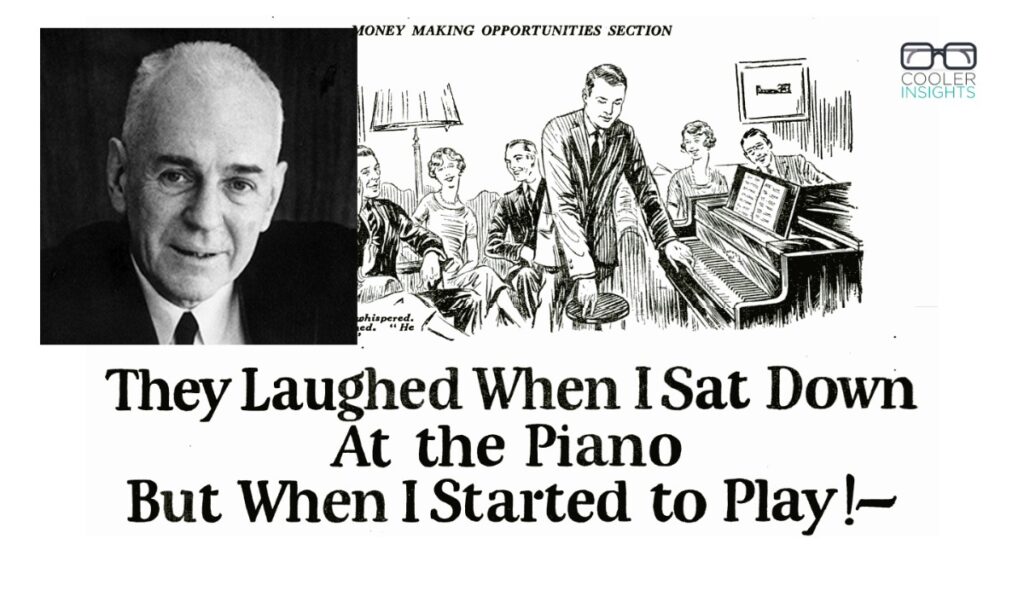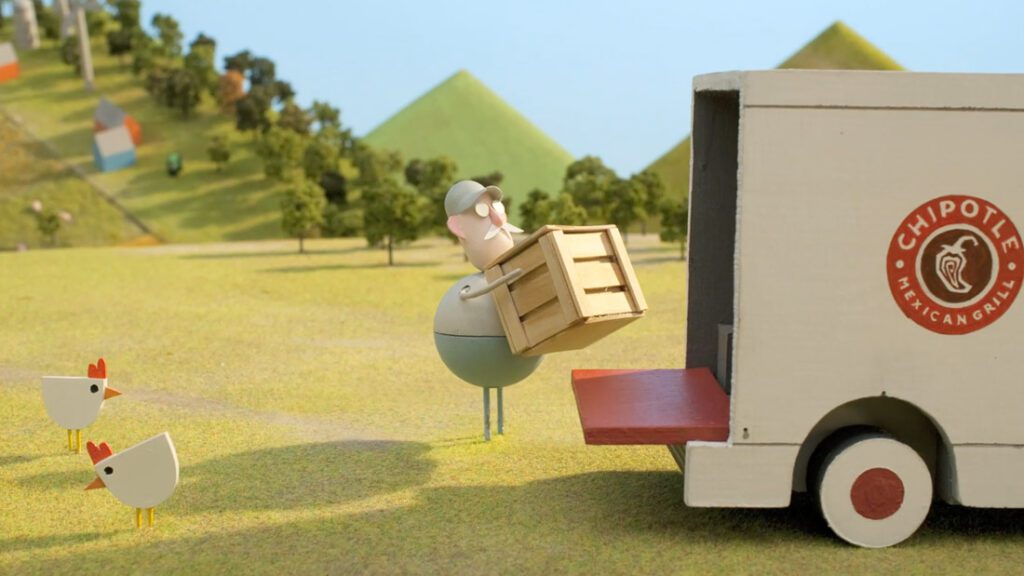Spotify – ‘There’s A Playlist For That’

Capitalizing on its strengths of having a huge database of songs and millions of playlists, Spotify could cater different types of listeners
Spotify debuted in India in 2019. The company’s goal was to provide customers with highly tailored, localised and contextualised experiences which were personal
While Spotify is data-driven, they did not have much information on India when they approached Leo Burnett.
However, there is undoubtedly a wealth of culture in India; Spotify asked, “Can you draw inspiration from there?” That’s the original inspiration for the campaign
The directive was straightforward: launch Spotify as an app that lets users listen to any of three billion different playlists.
Insights
The campaign’s insight may be broken down into two components. One notable trend in how people use music apps and other types of music streaming is a return to the mix-tape culture of the late 1990s and early 2000s, in which songs were often listened to collectively rather than individually.
No other streaming site has attempted this because people had stopped behaving that way in their communications. That effectively put a dividing line between Spotify and its competitors. Leo Burnett intended to capitalise on the trend of “playlisting” as a habit. Leo Burnett tapped into this.
Second, whether things are going well or not, everyone may find solace in the fact that music can help them get through it. They could be caught in anything for more than one cause. The situation in India is rather chaotic.
There is, therefore, a playlist for anything that life might hurl at you.
Positioning
When compared to its rivals, Spotify stands out.
Spotify is built on a fundamentally unique notion. Spotify’s music recommendation system is a major selling point for the service’s millions of users across the world.
Spotify has a devoted following due to its superior discovery algorithm. It makes recommendations for songs that you may like. But that’s more of an experience, and users will get to enjoy that after they’ve used the app for a while. For them, the fact that they can provide weekly playlist recommendations based on their listening habits and the songs they return to again and over is a game-changer.
But their 3 billion playlists were the attraction that got people to download the app. Playlist listening is a common practice, although it is not anyone’s exclusive right. Spotify had grand designs for it, and it was a major difference at the time.

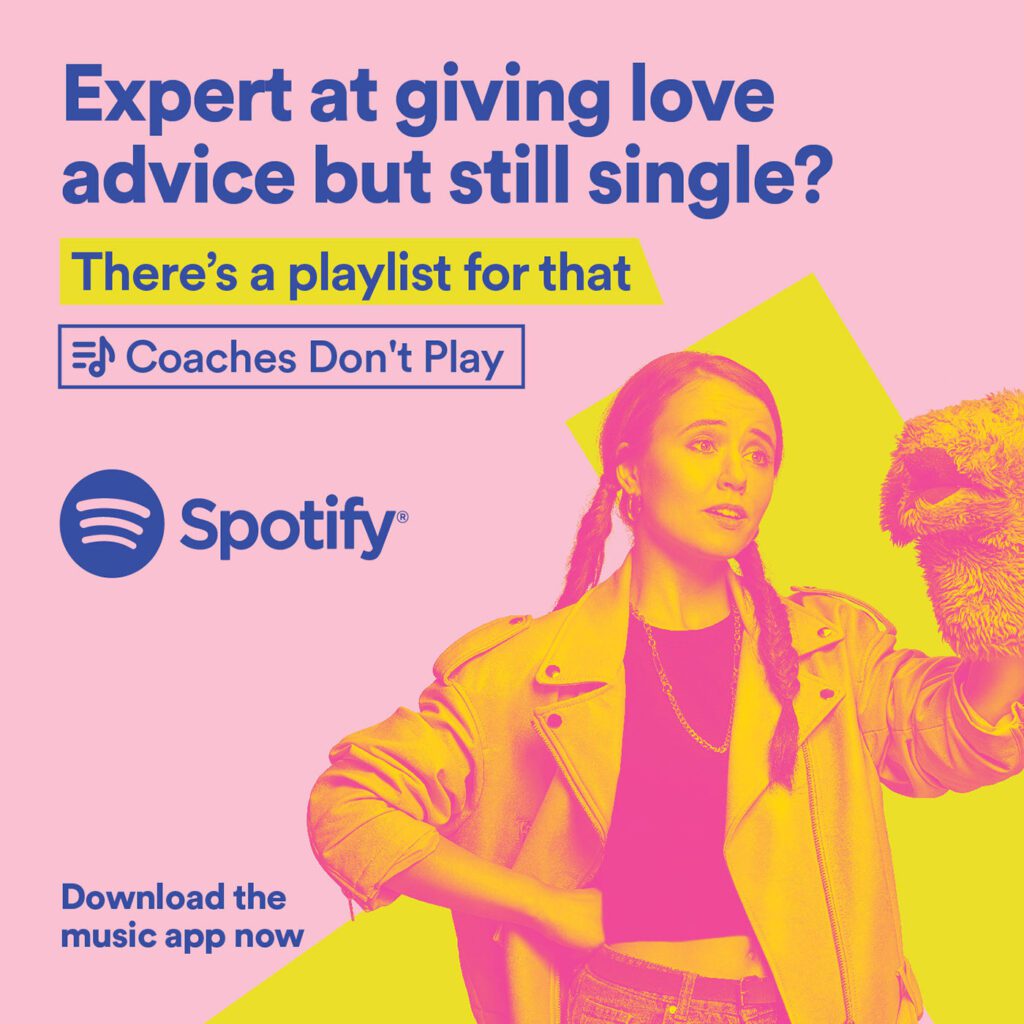
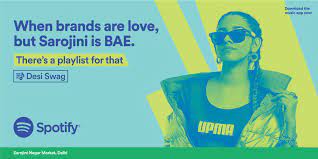
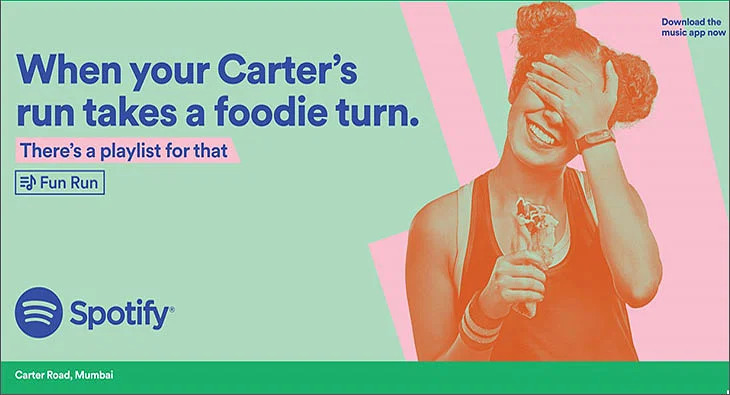
Hyper-targeting
One-liners depicting universal life experiences and hyper-local cultural subtleties were used in a campaign that was geo-targeted to specific cities, neighbourhoods, and major traffic crossings.
The cultural subtleties of India shift every few miles, such that the same song might have completely different meanings to people even within the same city.
This varied ‘when’ and ‘where’ understanding inspired the campaign, which informed listeners that Spotify offers playlists for them at any time and place.
Spotify’s rising millennial user base was reached through more than 500 different creatives, including outdoor hoardings and digital banners. Each piece of marketing content was developed and tailored to immediately resonate with local user attitudes, all while maintaining the campaign’s signature sense of humour.
Take, for instance, a billboard in South Mumbai that asks, “Dating a boy from the ‘burbs?” There’s a playlist for that; ‘Long Distance’ takes a satirical look at the age-old South Mumbai vs. North Mumbai romantic rivalry. Messages posted outside Lokhandwala are directed towards its residents. If installed in the lobby of a university where engineering is a major, it will address the students inside.
The goal of the OOH campaign was to create a shareable experience.
That is precisely what happened. Within two hours of being put up, the Lokhandwala OOH was all over social media. The outdoor advertising piqued people’s attention enough that they shared it on social media, particularly among those who jogged in the morning and evening.
The advertising firm also added copy for Tinder to be shown on the billboard, after having previously applied for and received permission to use the dating app’s name.
In addition, Spotify had digital films and used Instagram to bring its current outdoor campaign online, asking its Indian audience to contribute amusing real-life situations for which the company already has playlists.
Outcome
The success of such initiatives helped increase Spotify’s MAUs in India to over 2 million. In the third quarter of 2019, the music streaming platform saw a 30% improvement over Q2 results.
Reference
https://www.campaignasia.com/video/india-theres-a-spotify-playlist-for-your-life/451032
